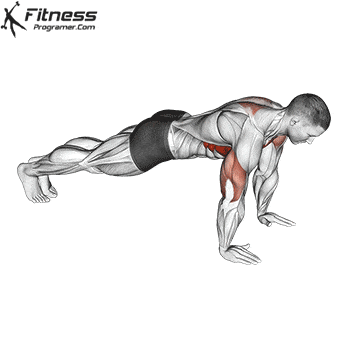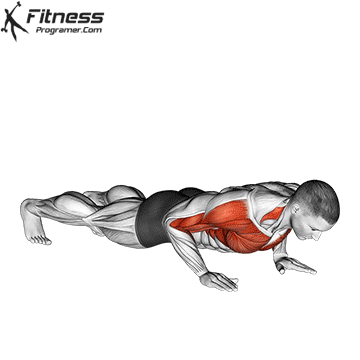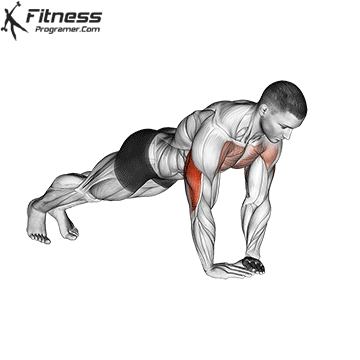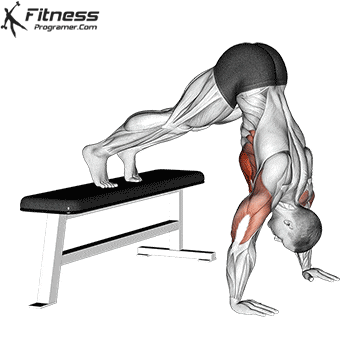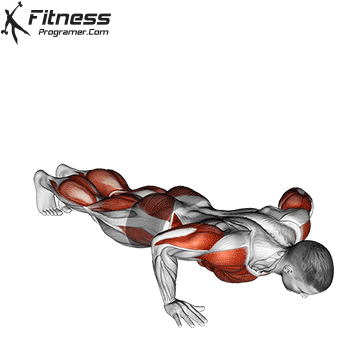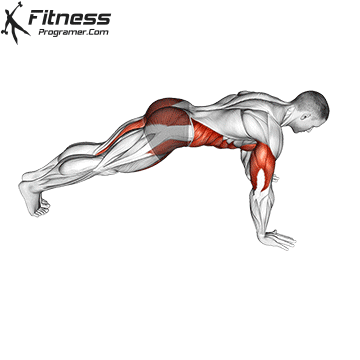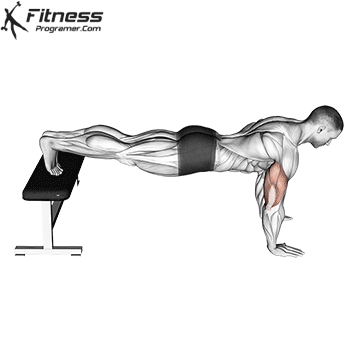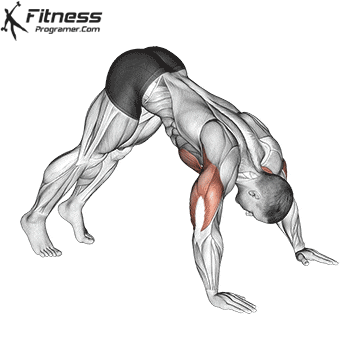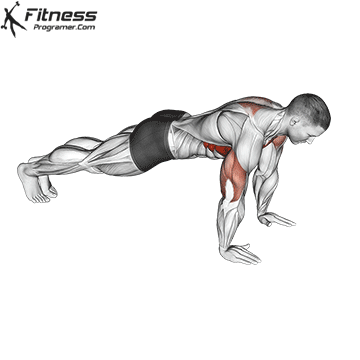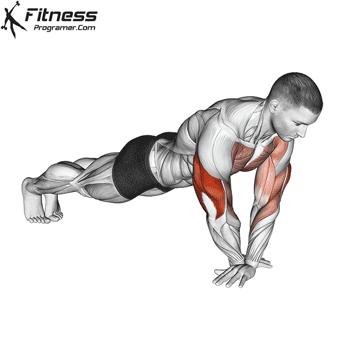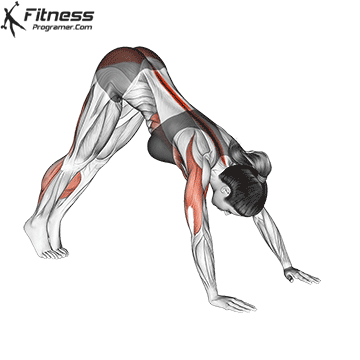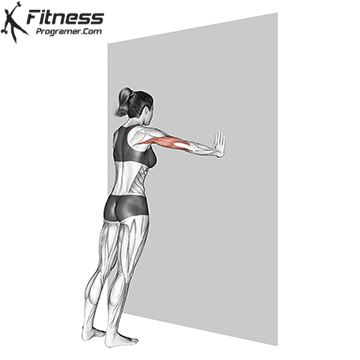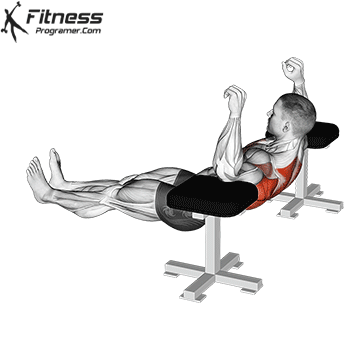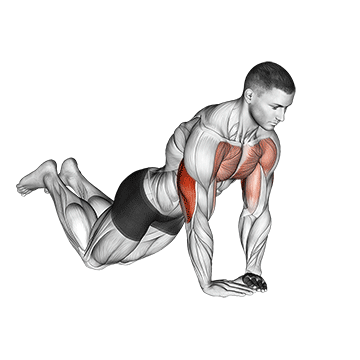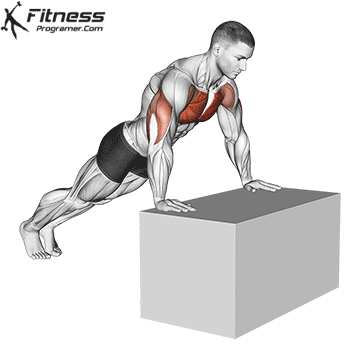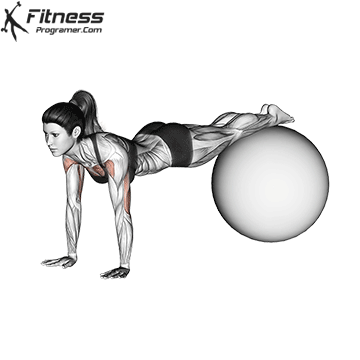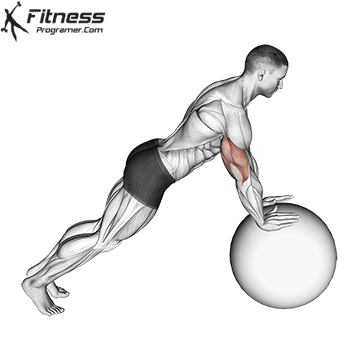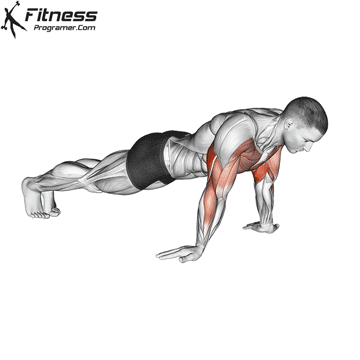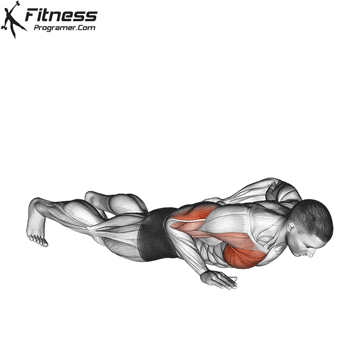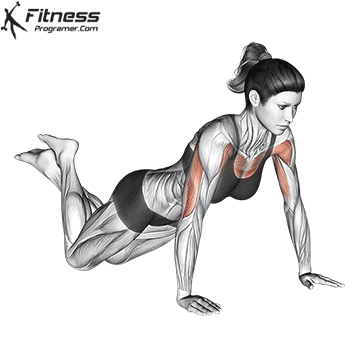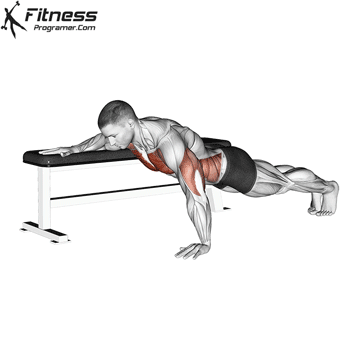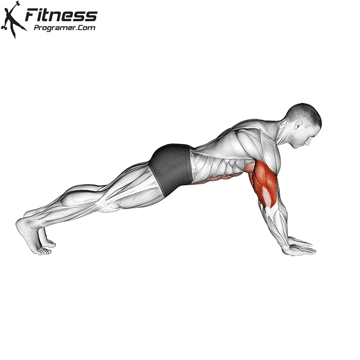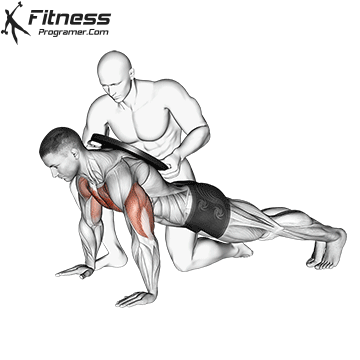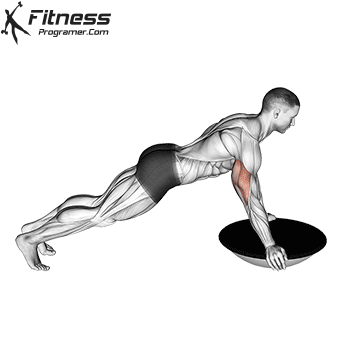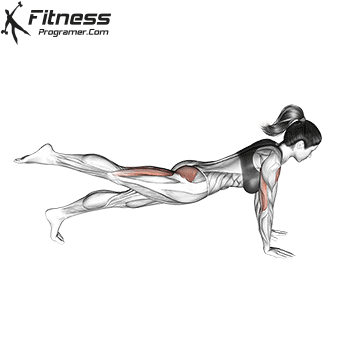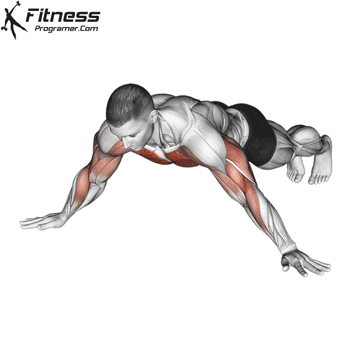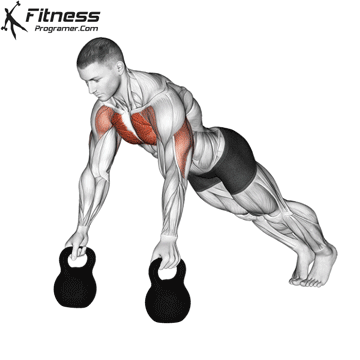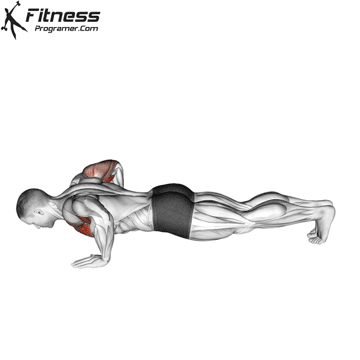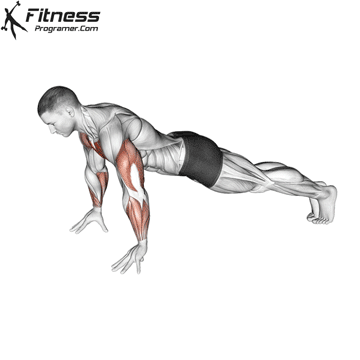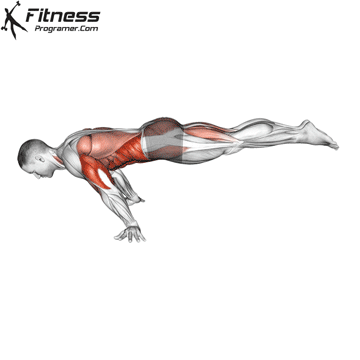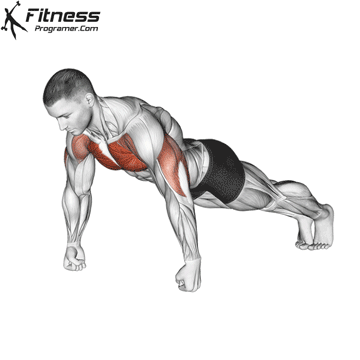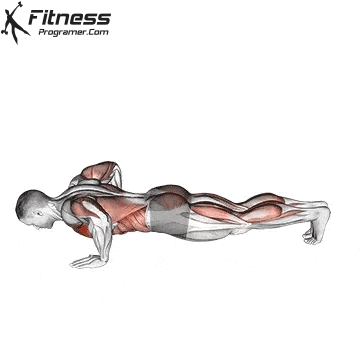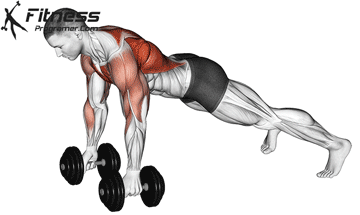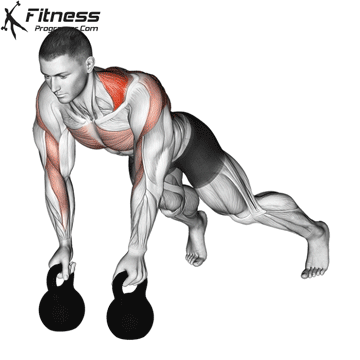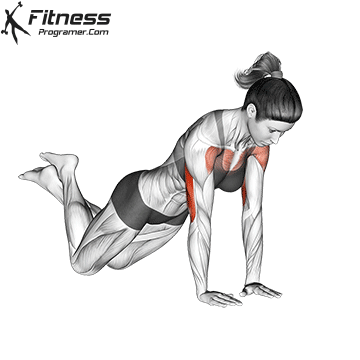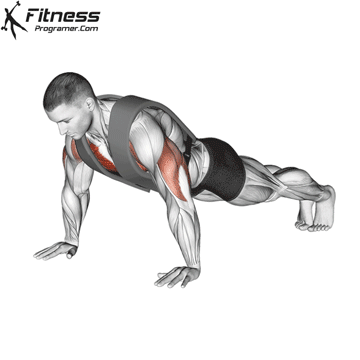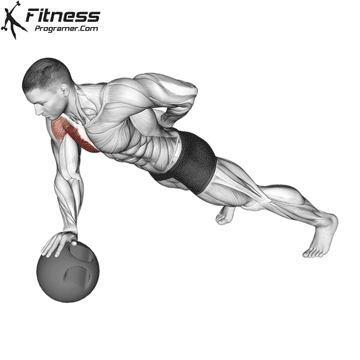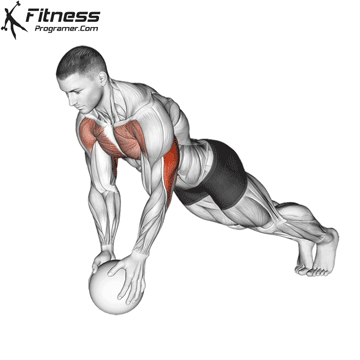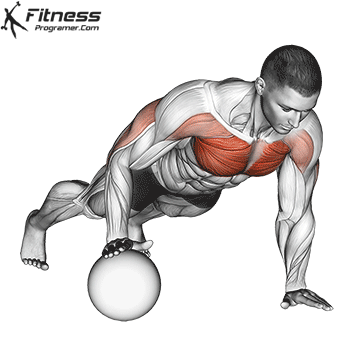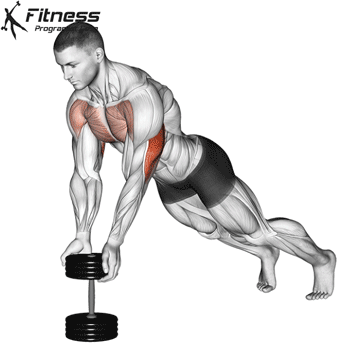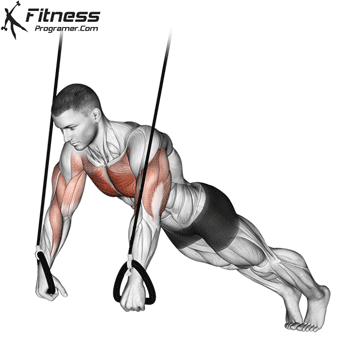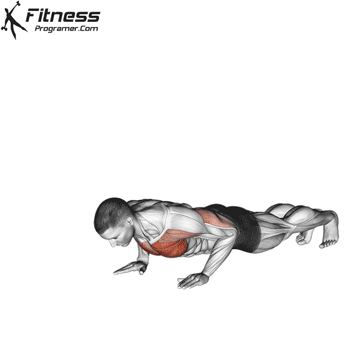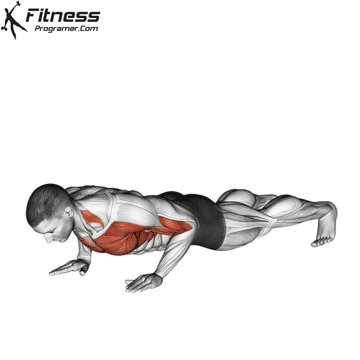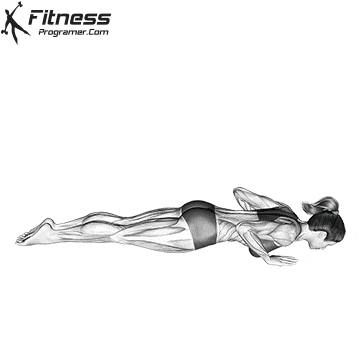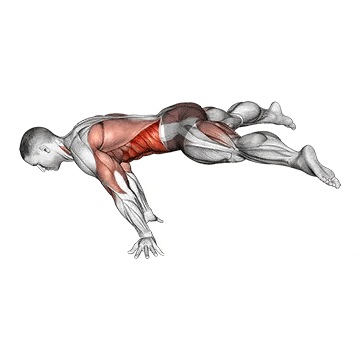Plyo Jacks
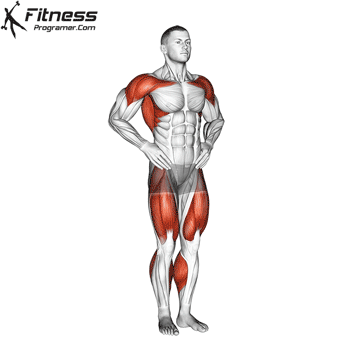
Split Jacks
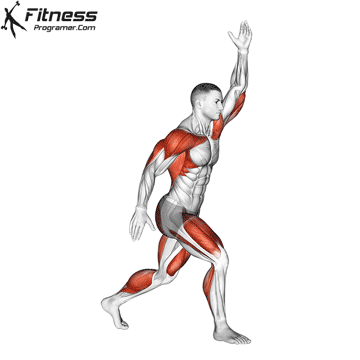
How to do Butt Kicks
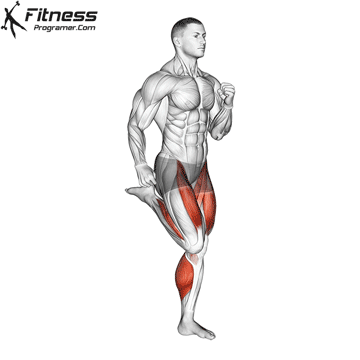
Fast Feet Run
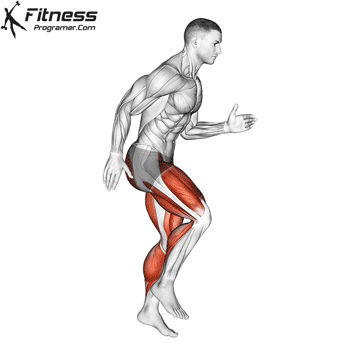
Wheel Run
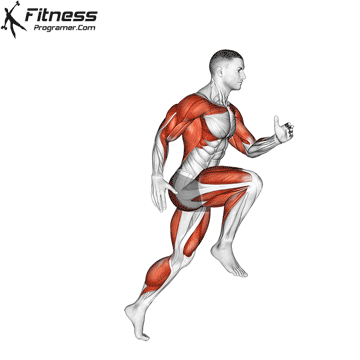
How to: Zig Zag Hops Plyometric
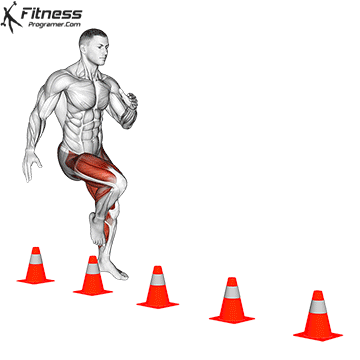
How to Lateral Speed Step
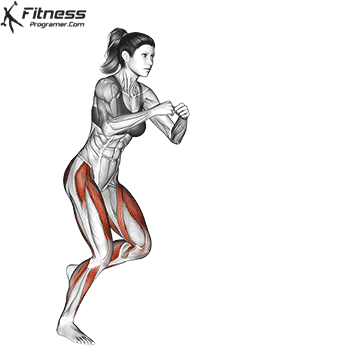
Lateral Speed Step Benefits
- Lateral speed step exercise helps to work the stabilizer muscles, allowing for balanced, coordinated movement as well as lateral strength and flexibility. Also, the single-leg nature of the exercise equalizes strength on both legs to improve agility in all directions. Lateral speed step is a suitable exercise for beginners. It can help strengthen leg muscles, tighten hip muscles and burn calories to lose weight.
Muscles Worked in the Lateral Speed Step
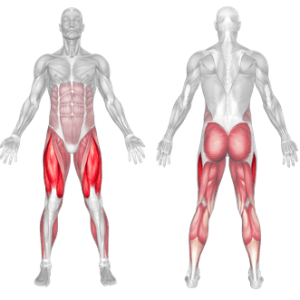
Split Jump Squat
The split jump squat is a bodyweight exercise that targets the quads, hamstrings, and glutes. It is a unilateral exercise, meaning that it works one leg at a time, which can help to improve balance and stability while also providing a greater challenge for the muscles.
Split jump squats are a high-intensity exercise that can be performed quickly, making them a great option for a time-efficient workout. This means that you can get a lot of benefits from a short workout, which can be particularly useful for busy people.
How to do:
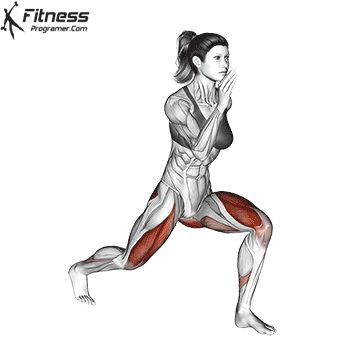
- Begin in a lunge position with your right foot forward and left foot back. Keep your feet shoulder-width apart and your toes pointing forward.
- Explosively jump up and switch the position of your feet in mid-air, so that your left foot is now in front and your right foot is back.
- Land softly on the ground with your left foot forward and right foot back, lowering your body back down into a lunge position.
- Repeat the movement for the desired number of reps or time, alternating between each leg.
Split Jump Squat Benefits
- Improved Leg Strength: Split jump squats are a unilateral exercise that require explosive power from a single leg, which can help improve leg strength, particularly in the quadriceps, hamstrings, and glutes. This makes it a great exercise for runners, cyclists, and other athletes who rely heavily on lower body strength and power.
- Increased Cardiovascular Endurance: The explosive nature of split jump squats can also provide a cardiovascular workout, helping to improve endurance and overall fitness. This is because the exercise causes your heart rate to increase rapidly, which can improve oxygen consumption and overall cardiovascular health.
- Improved Balance and Stability: Because split jump squats are a unilateral exercise, they require greater balance and stability than traditional squats. This can help improve overall athletic performance and reduce the risk of injury, particularly in sports that involve sudden changes in direction or unstable surfaces.
- Better Coordination: The split jump squat requires coordination between the lower body and core muscles, helping to improve overall coordination and agility. This can be particularly useful for athletes who require good coordination, such as basketball players or soccer players.
In conclusion, split jump squats are a versatile exercise that can offer a wide range of benefits for both fitness enthusiasts and athletes. By improving leg strength, cardiovascular endurance, balance, stability, coordination, and overall fitness, split jump squats can help you become a better athlete and achieve your fitness goals. If you’re interested in trying split jump squats, be sure to start slowly and gradually increase the intensity as you become more comfortable with the exercise.
Split Jump Squat Muscles Worked
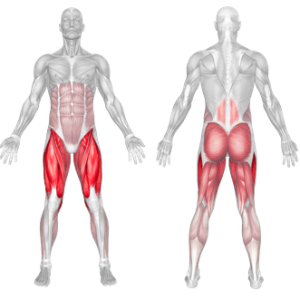
Drop Push-Up Overview
The Drop Push-Up is a dynamic and explosive bodyweight exercise that combines strength and power development with upper-body conditioning. Drop push-ups provide a greater challenge to your chest, shoulders, and triceps compared to standard push-ups because of the increased range of motion. This exercise can be particularly useful for individuals looking to advance their push-up abilities and increase the intensity of their workout.
How to Perform the Drop Push-Up
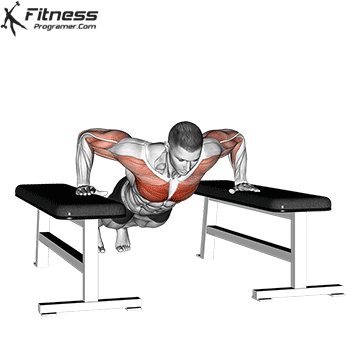
Setup:
- Place two sturdy benches or boxes parallel to each other, leaving enough space for you to move comfortably between them.
- Make sure the benches or boxes are stable and won’t tip over during the exercise.
- Position yourself so that you can place your hands on the benches and your feet on the floor.
Starting Position:
- Get into a push-up
- Your body should form a straight
Regular Push-Up:
- Begin the exercise by performing a regular push-up. Lower your chest toward the bench by bending your elbows.
- Keep your body in a straight line and maintain proper push-up form. Your chest should come close to the bench without touching it.
Landing:
- During the landing phase, you will release your hands from the benches and aim to land with your hands on the ground.
- As you descend towards the ground, take your hands off the bench and direct them toward the ground for a soft landing.
- Land with control to minimize any jarring impact on your wrists and shoulders.
Return:
- After completing the push-up on the ground, explosively push yourself up with as much force as possible.
- Use your chest, triceps, and shoulders to generate the upward force.
- Place your hands back on the benches in the starting position.
Repeat:
- Perform the exercise for the desired number of repetitions.
Tips for Effectiveness
- Master Push-Ups First: Ensure you can perform standard push-ups with proper form before attempting Drop Push-Ups.
- Focus on Control: During the drop phase, control your descent to minimize impact and prevent injuries.
- Explode with Power: Push up explosively during the push-up phase to maximize the plyometric benefit.
- Warm Up Thoroughly: Prepare your wrists, shoulders, and core with dynamic stretches to reduce the risk of strain.
- Progress Gradually: Start with fewer reps or modified versions, such as dropping from a kneeling position, if you’re a beginner.
Benefits of Drop Push-Up
- Cardiovascular Strength: Drop push-ups are a form of plyometric exercise, which involves explosive movements that can elevate your heart rate. This helps improve cardiovascular endurance over time, enhancing your overall heart health and stamina.
- Increased Speed and Power: Plyometric exercises like drop push-ups focus on explosive movements, which can increase your speed, quickness, and power. Power is essential for activities that require quick bursts of strength, such as sprinting, jumping, and various sports. The explosive nature of drop push-ups helps improve your power output.
- Whole-Body Workout: Drop push-ups engage multiple muscle groups simultaneously, including the chest, shoulders, triceps, core, back, and legs. This makes them a comprehensive full-body workout, helping you build strength and muscle definition.
- Core Strength: Drop push-ups require core stability to maintain proper form during the exercise. This helps strengthen your abdominal muscles, obliques, and lower back, contributing to improved posture and overall core strength.
- Muscular Endurance: Repeatedly performing drop push-ups can increase muscular endurance, allowing you to perform more repetitions over time. Enhanced endurance can translate into better athletic performance and reduced risk of fatigue-related injuries.
- Fat Loss: Plyometric exercises like drop push-ups can be effective for burning calories and reducing stored body fat. The combination of strength training and cardiovascular elements can contribute to a leaner physique when combined with a proper diet.
As with any exercise, it’s important to use proper form and maintain good control throughout the movement to prevent injury. If you’re new to drop push-ups, consider starting with a lower elevation or performing them with proper guidance to ensure you’re performing them safely and effectively.
Drop Push-Up Muscles Worked
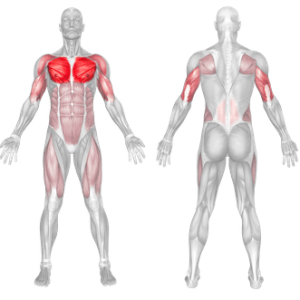
Drop Push-up Variations
These variation exercises are all effective ways to stimulate and work similar muscle groups that the drop push-up would hit. Try adding these variations of the push-up into your training to keep workout fun and varied.
How to Backward Jump
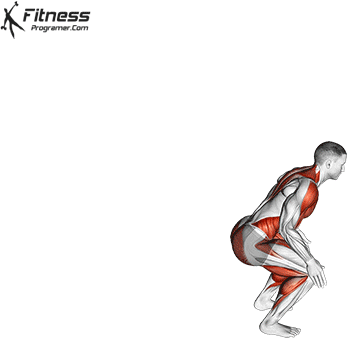
Backward Jump Benefits
- Backward Jump are a plyometric exercise. Plyometrics are explosive aerobic moves that increase speed, quickness, and power and they work your whole body.
- Backward Jump target the abdominal muscles, hip muscles and hip flexors and also work on the thighs, knee tendons and quadriceps.
- Jumps are beneficial to your health because they combine cardiovascular conditioning with strength work. Since jumps elevate your heart rate, they can also improve your cardiovascular fitness.
Muscles Worked in the Backward Jump


